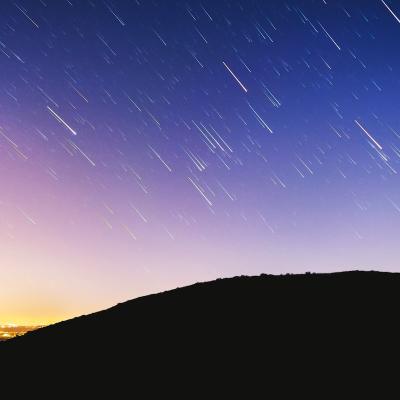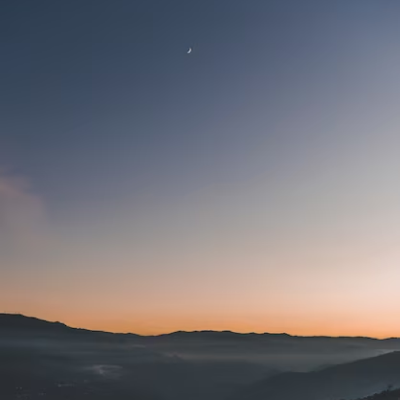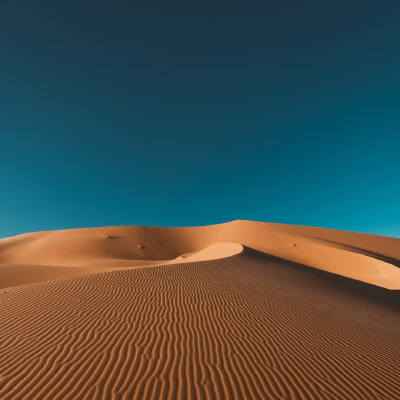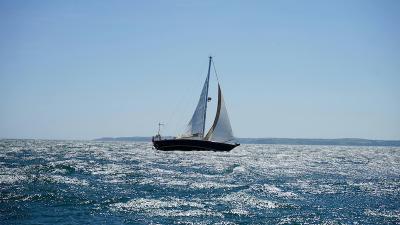


How Mist Is Different From Fog?
Mist occurs when temperatures range from 5 to 15°C and warm air meets cooler surfaces. This interaction of warm and cool air leads to the formation of very small water droplets in the atmosphere. Unlike fog, which contains larger droplets, mist droplets are typically not visible to the naked eye.
Read more
Delta Aquarids Meteor Shower
Late July meteor shower — don’t miss it! A meteor shower of Southern Delta Aquarids is expected to get the maximum force in the night sky on July 30. Scientists believe that the number of meteors can reach 25 per hour, and one will be able to observe them with the naked eye, provided the night is cloudless.
Read more
Witness the June Bootid Meteor Shower: A Cosmic Light Show
As summer takes hold, the night sky prepares to dazzle stargazers with one of its less predictable but no less enchanting spectacles: the June Bootid Meteor Shower. Set against the backdrop of the constellation Boötes, this meteor shower offers an opportunity for an impromptu celestial light show. Mark your calendars for the last week of June to catch this cosmic event.
Read more
The Milky Way Shines Bright in Late June
As summer settles in, stargazers are in for a treat. Late June offers some of the year’s best opportunities to witness one of nature’s most awe-inspiring spectacles – the luminous band of the Milky Way stretching across the night sky. This cosmic display is particularly striking for those in the Southern Hemisphere or lucky enough to find themselves in dark-sky locations.
Read more
What are "White Nights"?
What exactly are “White Nights” and what causes them? This is the name of the long twilight, which lasts all night. From an astronomical point of view, twilight is understood as a period of time when the Sun is shallow below the horizon. During the white nights, natural light remains high.
Read more
Hottest Place on Earth 🏜️
This year the heat is breaking records in both temperature and duration. Thus we decided to find out where the hottest point of our planet is. It turned out to be the Deshte-Lut desert in the Middle East. 🏜️This sandy-saline desert is located in Iran, its length is about 550 km, and its width is from 100 to 200 km.
Read more
Nordés: The Breeze of Galicia
Galicia’s Nordés wind is a seasonal phenomenon, most prominent during the warmer months from April to September. This refreshing breeze offers a welcome respite from the summer heat, bringing a cool and invigorating touch to the region. The Nordés is born from the interplay between Atlantic high-pressure systems and Galicia’s unique coastal topography.
Read more
